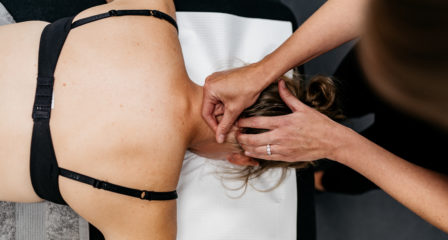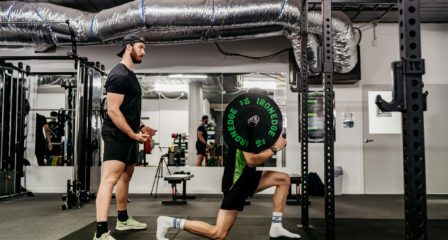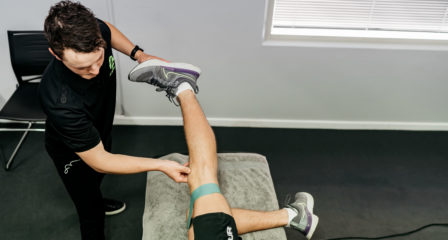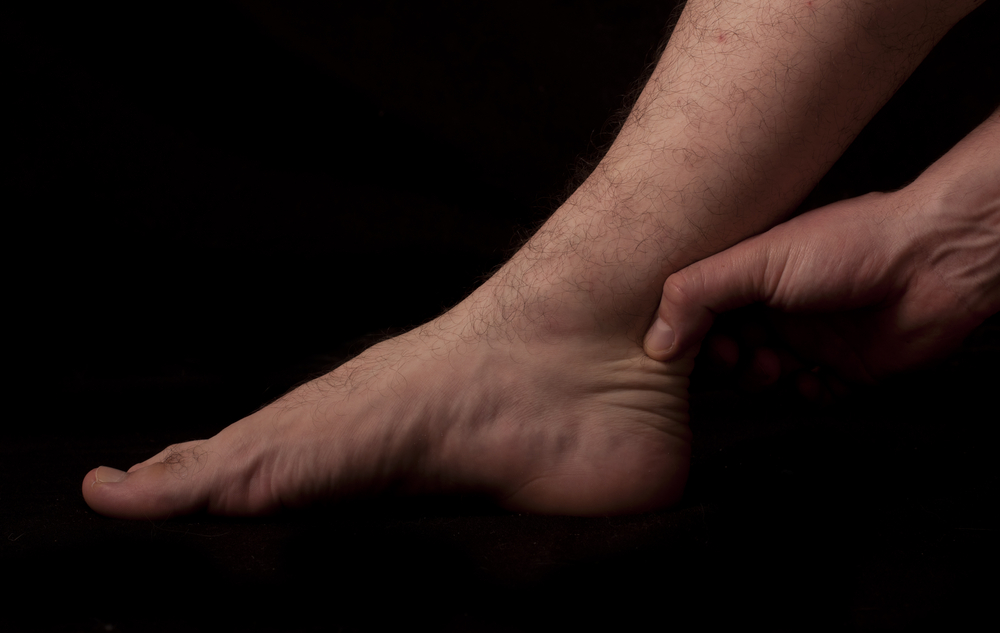
Achilles Tendon Injuries
What are they?
Achilles tendon injuries and reports of tendon pain are common presentations to The Injury Clinic Physiotherapy. We have found there is a lot of confusion and a few misconceptions surrounding achilles tendon injuries and the most appropriate course of action in their management.
Tendons are comprised of strong, fibrous collagen tissue (collagen is the main structural protein of connective tissue) and are responsible for attaching muscle to bone. Tendon tissue has an essential role in transmitting contractile forces to bone to generate movement. Tendons are designed to withstand considerable loads and are capable of adapting to changes in loading (mechanical loading results in increased strength), however repetitive use often results in injury.
Tendon injuries are referred to as Tendinopathy or Tendinosis. They are characterized by pain during activity, localized tenderness on palpation and impaired performance. Historically, the term ‘tendinitis’ was used to describe a symptomatic tendon, implying that there is an inflammatory process. However, treatment aimed at modulating inflammation has limited success in tendon presentations. The proposed mechanism of injury that leads to tendinopathy is that there are one or more ‘weak links’ in the tendon structure that result in a pathological response.
Achilles tendon pathology has in recent years been described as degenerative or failed healing as opposed to inflammatory. Research has outlined a model that considers tendon pathology as a continuum.
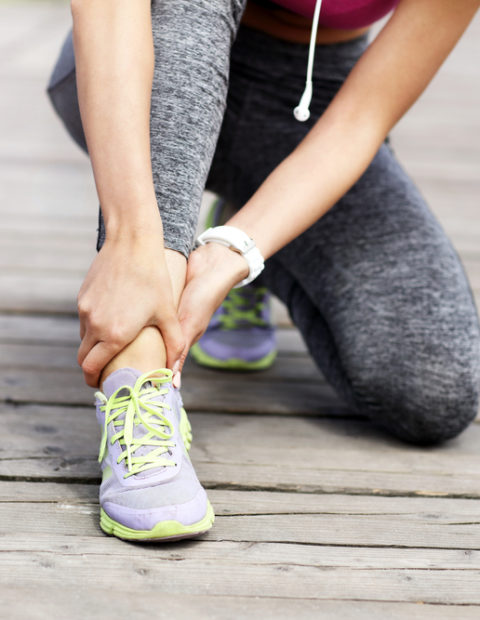
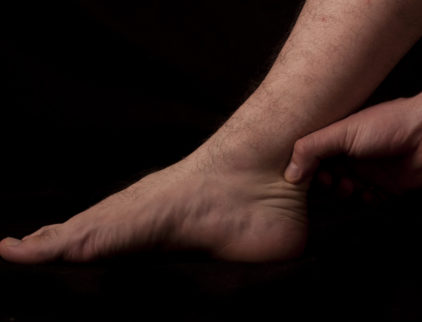
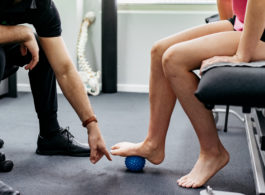
Tendon Tissue Continuum
REACTIVE TENDINOPATHY / EARLY DYSREPAIR
- Generally follows a period of acute overload (i.e., burst of unaccustomed physical activity)
- Non-inflammatory response
- Adaptive thickening in an attempt to reduce tissue stress
LATE DYSREPAIR
- Greater breakdown/disorganisation of tendon tissue
- Neovascularisation may be present on imaging (i.e., development of new blood vessels)
- Apparent in chronically overloaded tendons
DEGENERATIVE TENDINOPATHY
- Large areas of tendon tissue disorganisation and breakdown
- More commonly seen in older client/athlete
CONSIDERATIONS IN THE MANAGEMENT OF ACHILLES TENDINOPATHY
As a general rule, clinical treatments directed at effecting change in tendon structure or pathology are the way to go. Treatment approach should vary depending on what stage of the continuum your tendon presentation is consistent with. Loading a reactive tendon will not be beneficial and resting a degenerative tendon will not promote the much needed cell activity and reorganization of the tendon matrix.
Reactive tendon: Load management
- Load management will allow your tendon time to adapt and tendon cells to become less reactive. A reduction in load is also likely to have a positive impact on pain. This is particularly important for exercises with a high level of energy storage and release through the calf and achilles, such as hill running or speed efforts.
- Assessment and modification of the intensity, duration and frequency of load is the key clinical intervention.
- Tendon load without energy storage and release such as loaded calf raises can be maintained and should be considered in regards to injury prevention measures.
- High load elastic or eccentric loading, particularly with little recovery time will tend to aggravate tendon cells at this stage.
Late dysrepair / degenerative tendon: stimulation of cell activity / eccentric exercise
- Treatments that stimulate cell activity, increase protein production and restructure the matrix are most appropriate.
- Eccentric exercise has been shown to affect both tendon structure and pain and to increase collagen in abnormal tendons.
- Eccentric exercise has also been shown to be an effective pain relief treatment.
- Other, more invasive treatment options (Extracorporeal Shock Wave Therapy; Prolotherapy (ABI; PRP); Cortisone Injections; Surgery) exist, however the most appropriate choice is dependent on the individual tendon, person and response to conservative management.
MID PORTION vs INSERTIONAL ACHILLES TENDINOPATHY
Tendinopathy may present in different locations of achilles; in the mid-portion or the insertion. Insertional achilles tendinopathy is characterised by pain less than 2cm from the attachment site at the calcaneus (heel bone), whereas mid-portion tendinopathy is located greater than 2cm above attachment site. This differential diagnosis creates further considerations for management. In particular, it is vital to reduce compressive loads through the achilles insertion through modification of exercises, footwear, training and daily activities.
PERITENDONITIS AND TENOSYNOVITIS
Peritendonitis and tenosynovitis are two similar conditions which may present as tendon pain, both characteristed by inflammation of different components of the outer sheath of a tendon. Both conditions may be present in conjunction with tendinopathy. Typically, peritendonitis and tenosynovitis will behave differently to tendinopathy and thus need to be managed in different ways.
The role of the tendon sheath is to encase and allow proper movement of the tendon around surrounding tissues. Inflammation of the tendon sheath may even result in impaired movement of the encased tendon unit. This is typically caused by overload, however in rarer cases may also be the result of rheumatological or other non-musculoskeletal causes. As such, a detailed history is required to exclude these other potential causes.
Peritendonitis and tenosynovitis may present with inflammation surrounding the affected tissue. Pain provocation will typically occur with low load, repetitive movement. This is distinctly different from cases of symptomatic tendinosis, where higher magnitudes of load are typically required to aggravate symptoms. Where movement of the tendon unit within the sheath is affected, audible clicking (also known as crepitus) may be heard.
CONSIDERATIONS FOR MANAGEMENT OF PERITENDONITIS / TENOSYNOVITIS
SHORT TERM
- Non-steroidal anti-inflammatory drugs
Given that peritendonitis and tenosynovitis have distinct inflammatory properties, management will differ from those with isolated tendinopathy. Anti-inflammatories can aid recovery and settle the inflammatory process. Always consult your GP or pharmacist before taking any medication.
- Load management / rest
Unlike tendinopathy, tenosynovitis and peritendonitis often require a more significant reduction in load. In some instances, rest is required to allow the tendon sheath to recover.
- Soft tissue techniques/dry needling
These modalities can assist with soreness and discomfort in surrounding tissues.
LONG TERM
- Load management
This may include scheduling rest days, reducing the frequency of high intensity sessions or programming de-load weeks, ultimately giving the tendon sheath more time to recover from training.
- Strengthening/plyometrics
Rehabilitation will generally begin with isometric strengthening exercises (i.e., static holds where the calf is working without going through range of motion). This variation is a great starting point, as movement is a typical aggravator of tendon sheath pathology.
- Run technique
There are variances in running technique which may increase load directed through the achilles. Modification of technique may reduce the magnitude of load going through the achilles during running.
Achilles pain may be the result of a variety of different conditions, all of which require different management strategies. As such, it is imperative that achilles tendon pain is assessed by a physiotherapist so the appropriate treatment can be implemented.
If you have any questions please don’t hesitate to call or book a physio appointment online.
Explore our physiotherapy services
Musculoskeletal
Physiotherapy
At The Injury Clinic Physiotherapy, we work closely with our clients to get them back doing the things they love as soon as possible.
Sports
Physiotherapy
The Injury Clinic Physiotherapy works with recreational to elite athletes to keep them injury free and achieving their goals.
Dry
Needling
All physiotherapists at The Injury Clinic Physiotherapy are qualified and experienced in dry needling as a treatment technique.
Running Related Injuries
Physiotherapists at The Injury Clinic Physiotherapy have a special interest in the diagnosis and management of running-related injuries.
Women's Health
Physiotherapy
We have physiotherapists with a special interest in Women's Health, including pre and post partum presentations. Let us work with you to stay fit, active and healthy.
Pre & Post-Operative
Physiotherapy
Physiotherapists at The Injury Clinic Physiotherapy work closely with surgeons to ensure best outcomes post surgery.
Injury Q&A
Our clinicians have been answering all your questions!
Running Analysis
The goal of a running analysis is to identify aspects of your technique that may be contributing to injury or impacting on efficiency.
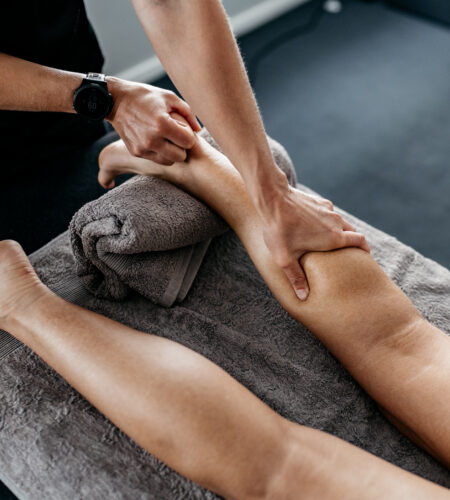

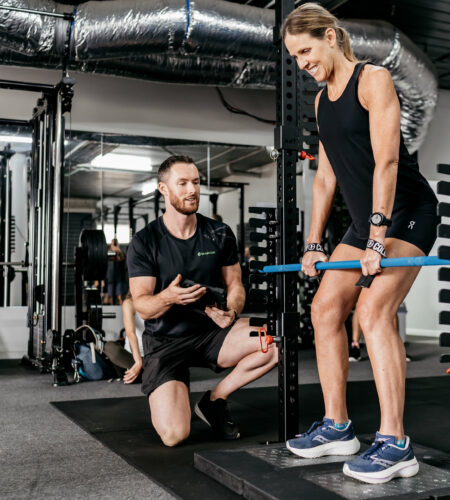

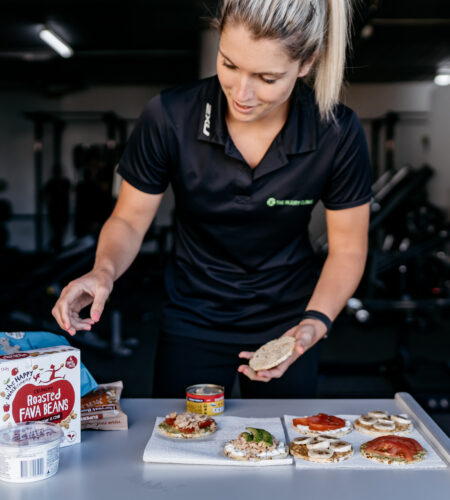

Schedule your next visit
If you’re interested in booking an appointment with one of our team members, contact our clinic today and we’ll be happy to find time for a consultation.
Schedule Consult
